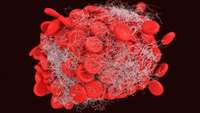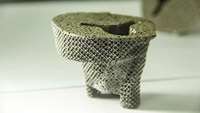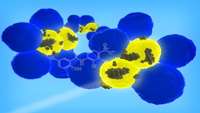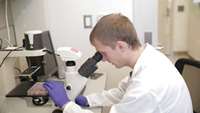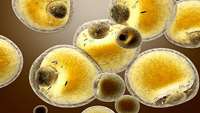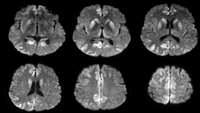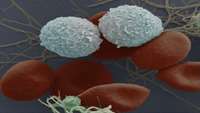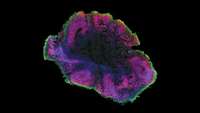Gene therapy stops bleeding episodes in hemophilia trial
Researchers have scored their first clear success in using gene therapy to treat hemophilia, an inherited blood disorder.
World-first: 3D printed tantalum knee joint implanted in a Chinese patient
A Chinese patient recently received a knee-revision surgery with the implantation of the first 3D printed tantalum knee joint in the world.
Drug-delivering nanoparticles seek and destroy elusive cancer stem cells
University of Illinois researchers are sending tiny drug-laden nanoparticles on a mission to seek and destroy cancer stem cells, the elusive and rare cells that can cause cancer to come back even when years have passed since the initial tumor was treated.
All-in-one repair kit makes CRISPR gene editing more precise
For the past five years, CRISPR-Cas9 technology has revolutionized the field of gene editing due to its ease and low cost. But although this technology reliably finds and cuts the targeted stretch of DNA sequence, fixing that cut as desired has been something of a hit-or-miss process.
Paraplegic Rats Walk and Regain Feeling After Stem Cell Treatment
Spinal cord injuries often lead to paraplegia. Achieving substantial recovery following a complete spinal cord tear, or transection, is an as-yet unmet challenge.
Stem cells that generate fat tissue have circadian clock
A circadian clock is embedded in the stem cells that give rise to fat and plays a decisive role in determining when the cells mature, according to a new study by researchers at the Stanford University School of Medicine.
Brain cell advance brings hope for Creutzfeldt-Jakob disease
Scientists have developed a new system to study Creutzfeldt-Jakob disease in the laboratory, paving the way for research to find treatments for the fatal brain disorder.
Research ArticleAutoimmunity PD-L1 genetic overexpression or pharmacological restoration in hematopoietic stem and progenitor cells reverses autoimmune diabetes
Immunologically based clinical trials performed thus far have failed to cure type 1 diabetes (T1D), in part because these approaches were nonspecific. Because the disease is driven by autoreactive CD4 T cells, which destroy β cells, transplantation of hematopoietic stem and progenitor cells (HSPCs) has been recently offered as a therapy for T1D
FDA and the future of medicine: Advancing regenerative medicine options for patients with safety and science at the forefront
On November 16, 2017, the US FDA announced a policy framework for regenerative medicine, releasing two final and two draft guidance documents. These documents reflect the agency’s commitment to modernize the system to incorporate promising cell and gene therapies and provide a structure for these options to be introduced in a fast, effective, and safe manner. The new documents build on several provisions included in the 21st Century Cures Act.
Generation of a Motor Nerve Organoid with Human Stem Cell-Derived Neurons
During development, axons spontaneously assemble into a fascicle to form nerves and tracts in the nervous system as they extend within a spatially constrained path. However, understanding of the axonal fascicle has been hampered by lack of an in vitro model system.


